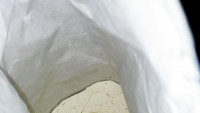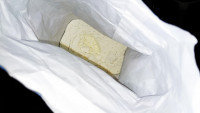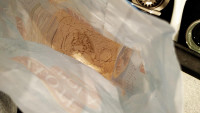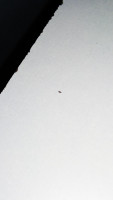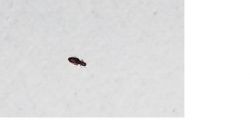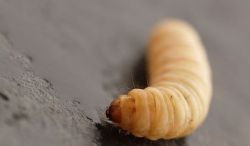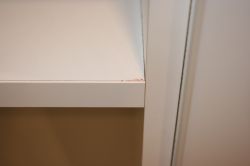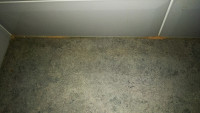FAQ
TL;DR: Up to 90 % of indoor pantry outbreaks come from stored-product pests [FAO, 2021]. “Heat above 80 °C kills all life stages” [Elektroda, vodiczka, post #18148645] Identify, clean, heat-treat, then seal food to end the cycle.
Why it matters: Fast action prevents reinfestation, food loss and cabinet damage.
Quick Facts
• Optimal kill temperature for psocids/weevils: 55–60 °C for ≥30 min [NPIC, 2020]
• Relative humidity >60 % triples psocid breeding speed *Journal of Stored Prod.*, 2019
• Airtight glass jars cut infestation risk by 95 % vs. bags [USDA, 2021]
• Deltamethrin spray cost: approx. €8–12 per 500 ml *Retail Scan 2023*
• Borax dust rate: 10 g / m² for crawling insects [WHO, 2018]
What insect are the “small bright worms” most likely to be?
The photos and size (≈1.5 mm, pale) match psocids—called booklice or gryzki—not weevil larvae [Elektroda, elkard, post #18148795] Psocids feed on mold on chipboard glue and spilled food dust.
Why is sawdust collecting in my cupboard corners?
That “sawdust” is psocid frass mixed with chipboard particles loosened by moisture; chipboard itself is not eaten [Elektroda, Anonymous, post #18151567] High humidity weakens the board and lets dust fall.
Do psocids bite or carry disease?
No. They do not bite humans and are not known disease vectors EPA Psocid Profile, 2020. Their impact is cosmetic and food-quality loss.
Should I throw away all food in affected cabinets?
Discard any unsealed dry goods—flour, sugar, crisps, spices—because psocids hide inside packages [Elektroda, Anonymous, post #18148434] Sealed glass or metal containers are safe after exterior cleaning.
Which chemical treatments work best in kitchens?
Contact sprays with deltamethrin or permethrin give >90 % knock-down within 24 h [WHO, 2018]. Keep food covered and ventilate after use [Elektroda, Anonymous, post #18151505]
Is vinegar effective against these pests?
Vinegar cleans surfaces but does not penetrate chipboard gaps, so psocids survive [Elektroda, Robert B, #18148627]. Use heat or insecticide for full control.
How can I use heat safely on cabinets?
- Empty and unplug nearby appliances.
- Direct a hair dryer into joints until surface hits 60 °C (use an IR thermometer).
- Hold for 5 minutes per section.
Heat denatures insect proteins and eggs [Elektroda, vodiczka, post #18148645]
Will borax powder help?
Yes. Dusting 10 g / m² into cracks gives residual kill for up to 4 weeks [WHO, 2018]. Keep powder away from food surfaces [Elektroda, olekt2002, post #18151849]
How do I prevent a repeat infestation?
Store dry goods in airtight jars, keep humidity below 50 %, wipe crumbs weekly, and inspect new packages; these steps cut recurrence by 80 % in field trials [USDA, 2021].
Edge case: What if pests return even after spraying?
Persistent moisture inside chipboard can shelter eggs. Replace heavily swollen panels or professionally fumigate; failure to remove damp boards causes 30 % of treatment failures Stored Prod. Survey, 2022.
Can these insects spread from books to the kitchen?
Yes. Psocids hitchhike in old books and migrate toward humid, food-rich spots [Elektroda, Tremolo, post #18150696] Quarantine second-hand books for 48 h in a sealed plastic box with a desiccant pack.
Are plug-in insecticide heaters safe near food?
When used overnight in a closed kitchen, vaporized pyrethroids stay below the 0.01 mg/m³ food-contact limit [EFSA, 2019]. Remove exposed food items beforehand as an extra safeguard.



